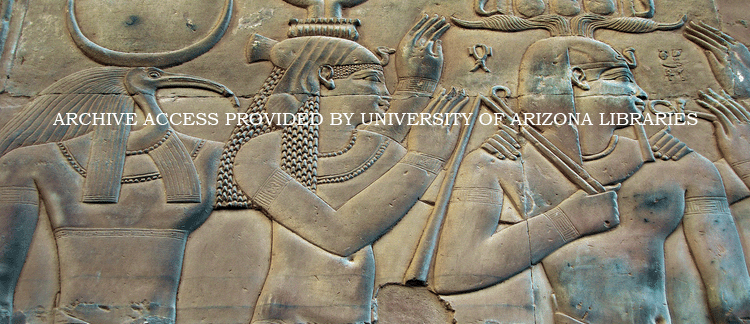Abstract
The limited anthropization of environments like deserts has caused Dynastic hunting scenes to be overwhelmingly interpreted as aiming at ensuring (human) Order over (natural) Chaos. When systematically applied to animal iconography, however, this theory is symptomatic of what Philippe Descola has coined a naturalist” ontology: a binary categorization where humans master and control the non-human disorganized wilderness. Ancient Egyptian human animal relationships are still partly unconsciously conceived in these terms despite growing skepticism about the universality of the nature vs. culture dichotomy—one of anthropology’s most recent outcomes in the past 25 years. It seems worth while to re-examine Dynastic iconographic and textual mentions of animals to challenge the vision of the desert as a land of evil and chaos, and reestablish it and its animal inhabitants as partakers of an inherent cosmic order that is by no means restricted to human actions.
How to Cite
Brémont, A., (2018) “Into the Wild? Rethinking the Dynastic Conception of the Desert Beyond Nature and Culture”, Journal of Ancient Egyptian Interconnections 17(1), 1-17.
714
Views
848
Downloads
